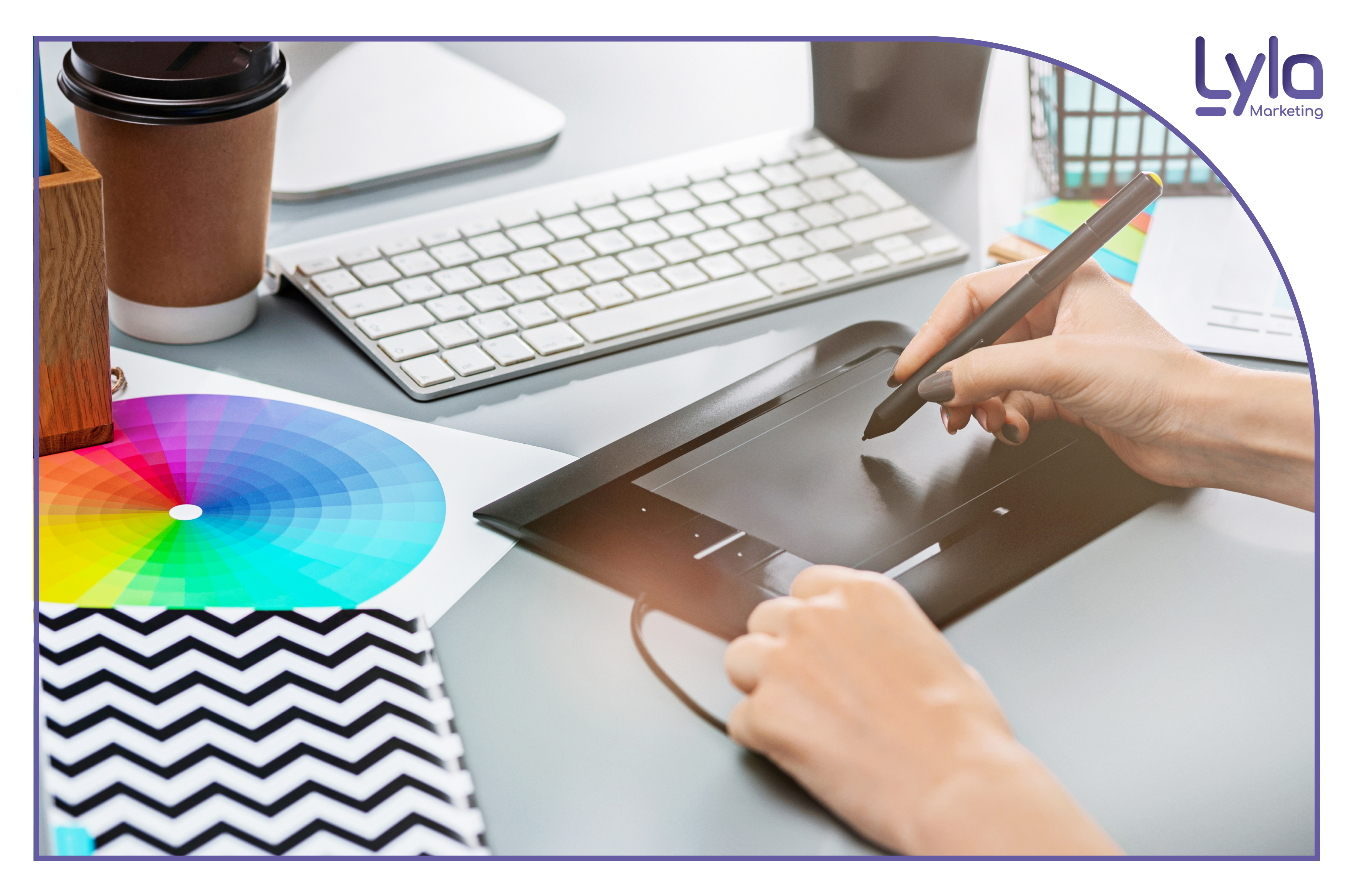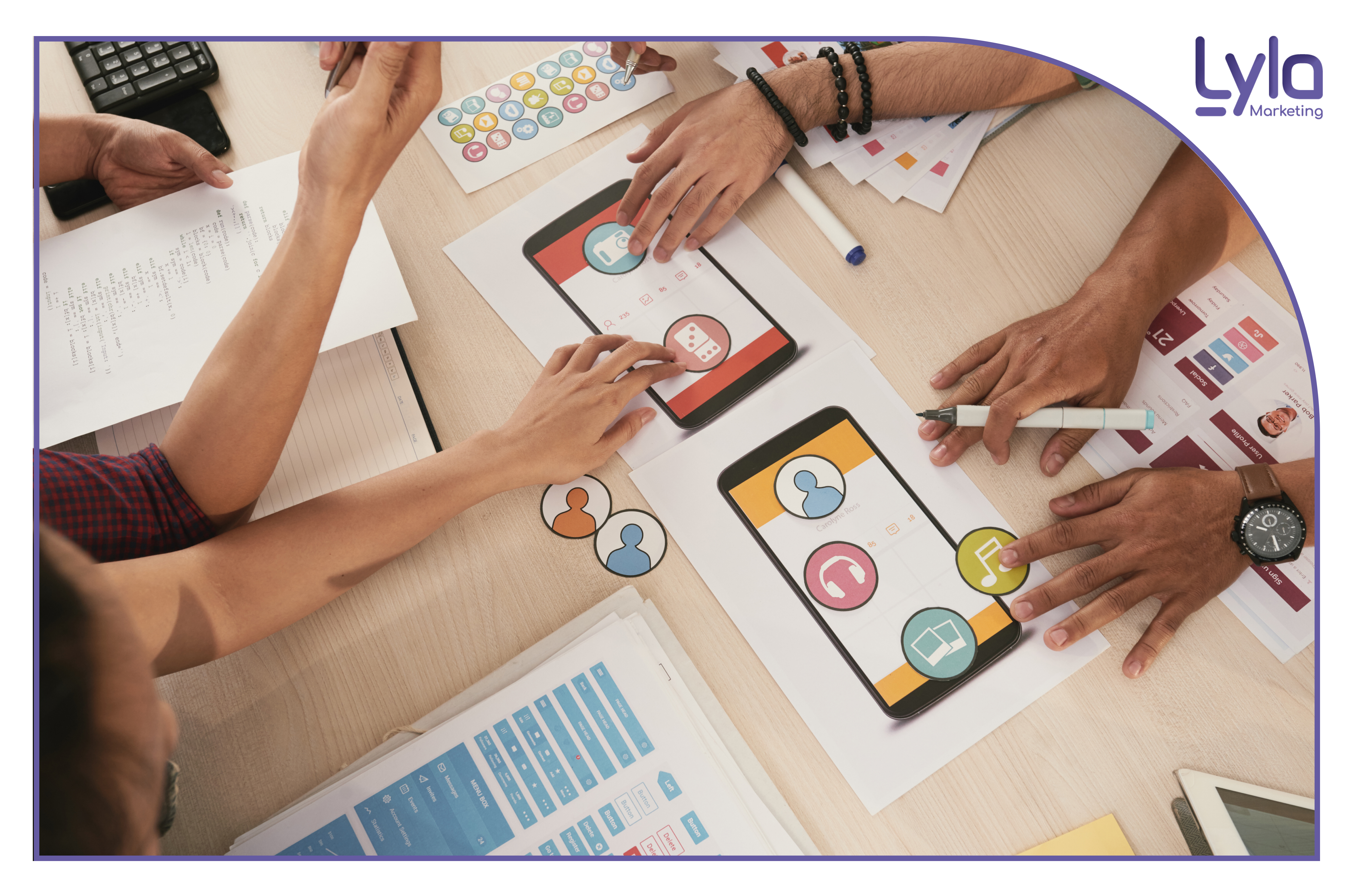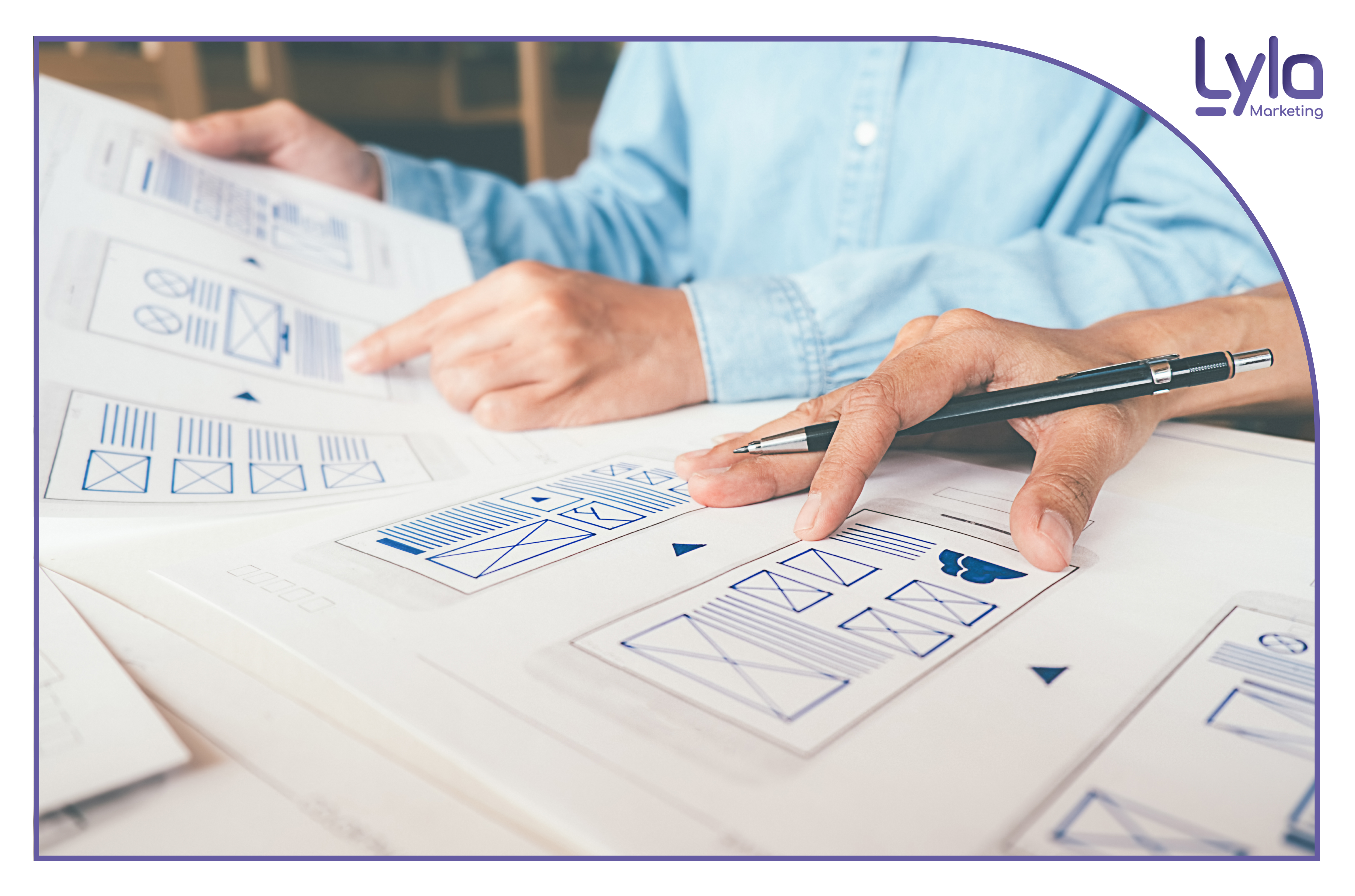
10 Necessary skills for a user experience designer
With user experience design becoming more popular and UX designer skills in demand, there is a clear need to diversify skills. Nobody wants to be a jack of all trades and a master of none. However, several UI/UX designer skills will help any aspiring designer succeed.
There’s something in user experience design for everyone, from using a wireframing tool to understanding the intricacies of behavioral psychology. Sometimes having your fingers in all the pies comes in handy.
10 must-have skills for UX designers
Aside from food analogies, UI/UX design is a diverse industry with many people specializing in various competencies. This can be perplexing, especially if you’re new to UX design and don’t know what knowledge you’ll need to be successful. So, if you’re wondering, “What skills do you need to be a good UX designer?” Don’t look any further. In no particular order, here are the 10 must-have skills for UX designers:
1- User Experience Research
If you want to be taken seriously as a UX designer, you must improve your UX research skills. There is a lot that goes into creating a mobile app or website wireframe. Many of the decisions UXers make are meticulously thought out, studied, and researched.
From cognitive psychology to computer science, there is always something new to learn and apply in the UX research process. We could consider UX research to be a catch-all term for both user research and user testing.
The first step is to identify your target users, create user personas, and collect data to make informed design decisions. User testing entails creating wireframes and prototypes to test on your users, as well as conducting card sorting sessions, performing website heatmaps, and conducting user interviews.
2- Cooperation
There is no such thing as an island. The same is true for UXers. You’ll need to collaborate with others in the design process if you don’t know how to code, design, manage projects, understand product and marketing, and so on.
Research can only take you so far. However, collaborating allows you to work in different areas and apply what you’ve learned with different people whose skills complement your own.
Collaboration is an important UX designer skill because it allows you to communicate with clients and stakeholders more effectively, ensuring that the resulting product meets both business goals and user expectations.
Working closely with developers and content strategists is also the norm for this type of job, so collaboration skills will be invaluable when it comes time to hand off your designs to other departments.
3- Wireframing and User Interface Prototyping
If you want to persuade others of your UX expertise, you should practice wireframing and prototyping. App prototyping is an excellent method for understanding the key functionality of your design. Using a prototyping tool can also be a great way to influence investment. They enable you to put your user research assumptions to the test, then validate them with additional user testing. As a result, these UX designer skills are an excellent way to gain support from stakeholders and managers.
4- User Experience Design
Writing is the unsung UX hero. People speak highly of coding, which is a skill that shouldn’t be dismissed, but writing is a talent that can be nurtured over less time to create brilliant user experiences.
5- Visual Communication
No UX designer will get very far unless they are well-versed in visual communication. It is central to user experience. Furthermore, 65% of the population is visually oriented!
6- User Sensitivity
Understanding someone else’s problems requires being able to put yourself in their shoes. When you have a better understanding of someone’s problems, you are ready to find a solution to their problem.

7- Interaction Design
It’s one thing to create an aesthetically pleasing design; it’s quite another to comprehend how users will interact with that design. There is a great deal of overlap between UX and interaction design.
8- Coding
Most UX designers are multidisciplinary, and in a world where tech designers are in short supply, perhaps design developers are the answer.
9- Analytics
You want to test your app after you create it in your app prototyping tool. You’re curious about how well your design will perform. Analytics is the path to gaining a better understanding of your design and the user. Perhaps more importantly, analytics can help you understand the relationship between the product and the user.
10- Communication Abilities
Core skills such as research and design are essential, as are business skills such as project and time management. Aside from these, UXers can differentiate themselves based on their communication abilities.
What does a career in UX design look like?
UX careers vary by company. Some work for large advertising firms, in-house UX teams at tech companies, and tiny start-ups. UX designers always start with research, then design, and end with user testing. They may not be involved in every phase, but they must understand each one’s responsibilities and tasks. UX designers have many responsibilities, but coding the final product isn’t one of them. This means UX designers don’t need major tech skills. UX designers should advocate for users at every stage.
What is user experience design or UX design?
10 must-have UX designers’ soft skills
Soft skills are “interpersonal and behavioral skills that help you work well with others and develop your career,” according to “indeed.com.” Due to the breadth of the job and the number of people, UX designers must collaborate and interact with, soft skills are among the most useful. Practice can improve soft skills, which can’t be taught. UX designers need these soft skills.
1- User-Centricity
UX designers must understand and empathize with users. If a UX designer can’t empathize with users’ frustrations and pain points, they won’t be able to create meaningful design solutions.
2- Collaboration, Communication
UX designers aren’t solitary. They must work with graphic designers, developers, UX designers, and more. They must also communicate with clients and stakeholders. Good communication skills are needed to convey a UX designer’s vision to clients and colleagues. UX designers who work well with others will make their jobs easier.
3- Curiosity
There’s always something new to learn in UX, whether it’s a client’s industry, a new app or device, or an innovative UX pattern. UX designers who are open and curious will ask insightful questions, observe and learn wherever they go. This will help them look at a problem from original and unique angles, leading to design solutions clients, stakeholders, and users will love.
4- Prioritization
UX designers deal with a lot of information, including project requirements and user needs. Organizing and prioritizing this information will help a UX designer decide which project parts to tackle first. If they’re working on multiple projects at once, they’ll be more efficient if they can organize and prioritize.
5- UX Designer Skills
UX designers need specific design skills. These are hard skills learned in school, training, or on the job. UX designers need these design skills:
6- Imagery
UX design is visual and UX designers don’t need to use images and color, but they must create visually appealing designs. UX designers should be able to communicate visually through text size and placement, visual hierarchy, clickable links and buttons, and a lack of clutter.

7- Wireframes, Prototypes
Wireframing and prototyping are UX designer essentials. There are many tools to accomplish these tasks, but it’s more important that UX designer understands how and why they’re creating them. If wireframes and prototypes don’t convey an interface’s entirety and interactions correctly, developers can make major mistakes. UX designers should master wireframing and prototyping.
8- Usability Testing
UX design and UX research may be separate jobs for UX designers. All UX designers must understand user research and testing results. They can apply those results to their designs during the project’s early stages and after it’s completed but needs improvement. The key to user research and testing is understanding what users want through personas, interviews, card sorting, and other methods.
9- Understanding the Fundamentals of Technology
UX designers don’t need coding or other programming skills. UX designers must understand tech basics so they know if their designs can be implemented. If a UX designer has an innovative solution to a problem, they should know when to seek a developer’s input to ensure their interactions can be coded. If UX designers have these skills, they’ll succeed.
10- Coding and development
A UX designer may need to “switch gears” and take on new responsibilities at certain points in their careers.
Knowing some basic code and development can set you apart from the competition in today’s job market for designers when skilled tech professionals are in high demand. Even if you aren’t the one actually writing the code and developing the product, having the skill to build designs that are conducive to development can make your coworkers’ lives easier and will make you more marketable as a designer.
Learning more about programming and web development is as simple as doing some research online. Learning web development fundamentals through a quick and easy online course is a fantastic place to begin.
What’s the difference between UX and UI designers?
There is sometimes, depending on the company or project, a very thin line that separates a UX and a UI designer. So, thin that many find themselves assuming both roles.
UX designers focus on creating the best user experience possible for their product, usually an app or website. On the other hand, UI designers also focus on bringing the best experience possible to the user and making it captivating. Sounds similar, right? That’s because they are.
The takeaway about UXer’s skills
It’s certain that UX is on the rise and becomes more and more important with every year that passes. Pursuing a career in UX design can be challenging but rewarding and highly possible with relevant upskilling.
Likewise, learning the fundamental skills of a UI designer and combining them with the essentials of UX design is a match made in heaven, as the two professionals are inseparable. At least when it comes to software design.
Show off your great UX skills with awesome prototypes.

